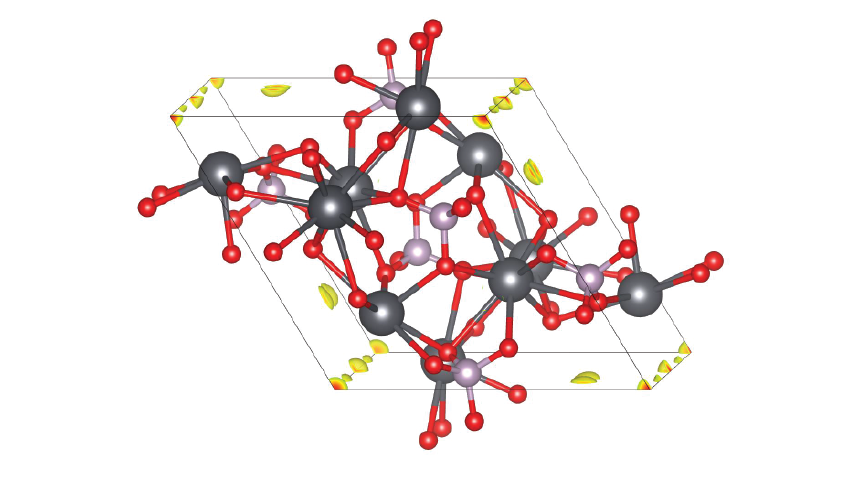Pb9Cu(PO4)6(OH)2: Phonon bands, Localized Flat Band Magnetism, Models, and Chemical Analysis
In a series of recent reports, doped lead apatite (LK-99) has been proposed as a candidate ambient temperature and pressure superconductor. However, from both an experimental and theoretical perspective, these claims are largely unsubstantiated. To this end, our synthesis and subsequent analysis of an LK-99 sample reveals a multiphase material that does not exhibit high-temperature superconductivity. We study the structure of this phase with single-crystal x-ray diffraction (SXRD) and find a structure consistent with doped Pb10(PO4)6(OH)2. However, the material is transparent which rules out a superconducting nature. From ab initio defect formation energy calculations, we find that the material likely hosts OH− anions, rather than divalent O2− anions, within the hexagonal channels and that Cu substitution is highly thermodynamically disfavored. Phonon spectra on the equilibrium structures reveal numerous unstable phonon modes. Together, these calculations suggest it is doubtful that Cu enters the structure in meaningful concentrations, despite initial attempts to model LK-99 in this way. However, for the sake of completeness, we perform ab initio calculations of the topology, quantum geometry, and Wannier function localization in the Cu-dominated flat bands of four separate doped structures. In all cases, we find they are atomically localized by irreps, Wilson loops, and the Fubini-Study metric. It is unlikely that such bands can support strong superfluidity, and instead are susceptible to ferromagnetism (or out-of-plane antiferromagnetism) at low temperatures, which we find in ab initio studies. In sum, Pb9Cu(PO4)6(OH)2 could more likely be a magnet, rather than an ambient temperature and pressure superconductor.
Read the whole article in Physical Review B.
